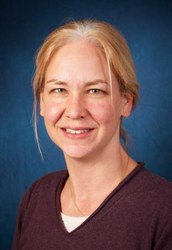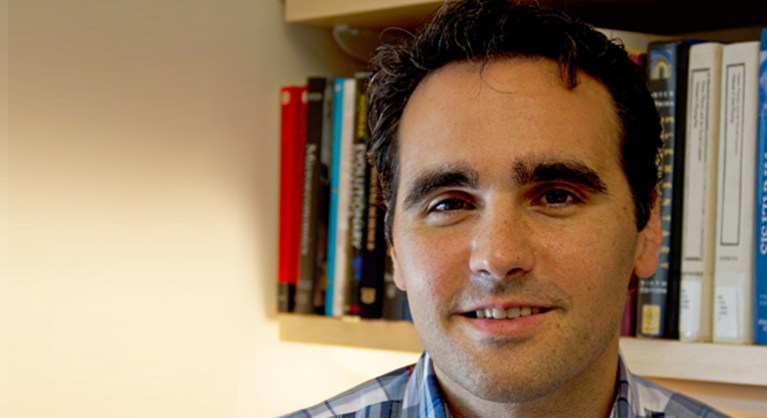Jere Behrman, University of Pennsylvania
CCPR Seminar Room 4240 Public Affairs Building, Los Angeles, CA, United States“Early-Life Undernourishment in Developing Countries: Prevalence, Associations/Impacts over the Life Cycle and Determinants”
Abstract: This presentation first summarizes the prevalence of undernutrition among children in developing countries. It then summarizes impacts and associations over the life cycle using the Guatemalan INCAP longitudinal data (to estimate the impacts of both a protein-rich nutritional supplements allocated randomly among a small number of villages and of height-for-age z scores at 24-36 months) and the Young Lives longitudinal data from Ethiopia, India, Peru and Vietnam to investigate whether the critical window for nutrition ends in infancy. Finally it summarizes estimates using longitudinal data from Guatemala and Cebu in the Philippines of the impact of protein and non-protein energy on early childhood height and weight.


















